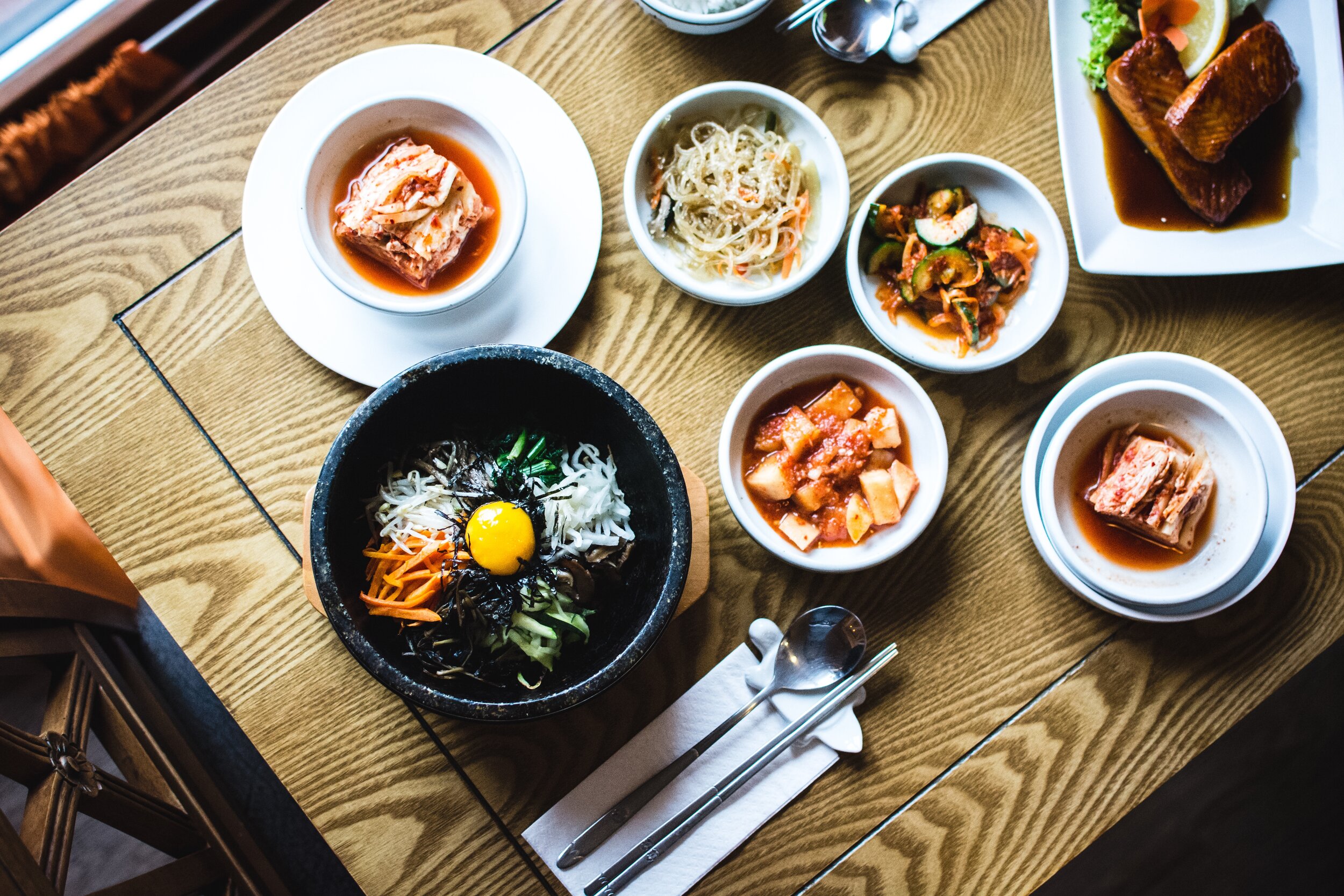Is ‘Rice Beer’ the New Natural Wine?
“I used to explain it as 'nigori beer.' But that’s not even really right. Makgeolli isn’t rice wine, nor is it sake, nor is it beer. It’s its own thing," says Carol Pak, founder of Makku, America’s first canned craft makgeolli.
Brewed with the type of rice typically reserved for royal meals, rich with live cultures that keep it fermenting in the bottle, and clocking in at around 6 percent A.B.V., makgeolli feels primed to become the craft-beverage trend’s new cloudy and delicately fizzy poster child. But, just as 21st-century producers didn’t invent the piquette, rosé spritzers, and batched cocktails now so ubiquitously found in cans (though, spiked seltzer is definitely a product of our time), makgeolli has been around since 1 B.C.E.
Makgeolli is traditionally made by fermenting rice with water and nuruk (a dense cake of rice, barley, and wheat that’s been inoculated with wild micro-organisms and lactic acid bacteria) in a ceramic crock for about a week. Sound familiar? Makgeolli is similar to sake, especially nigori (unfiltered) sake. But, there are a few key differences: Sake relies on koji to makgeolli's nuruk, is passed through a fine filter while makgeolli is passed through a coarse one, and ferments for double the time that makgeolli does. Consequently, sake sports an A.B.V. at around 15 percent, to makgeolli's 6 to 8 percent.
As Carol emphasizes, “makgeolli is not sake. Makgeolli is not Japanese."
